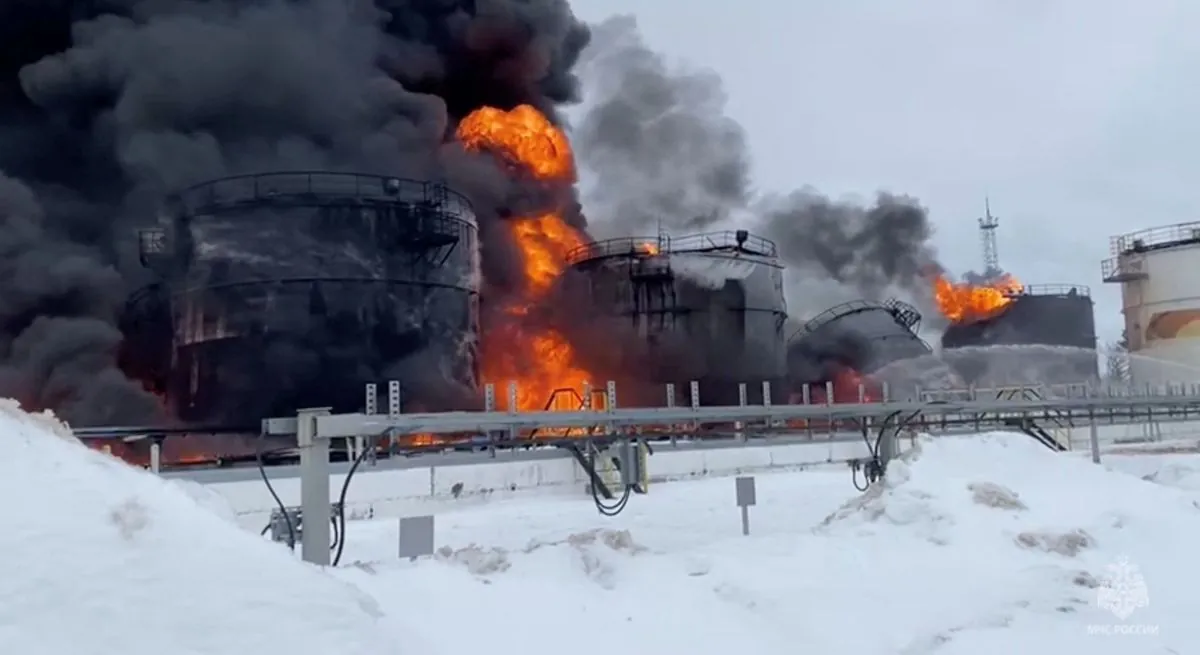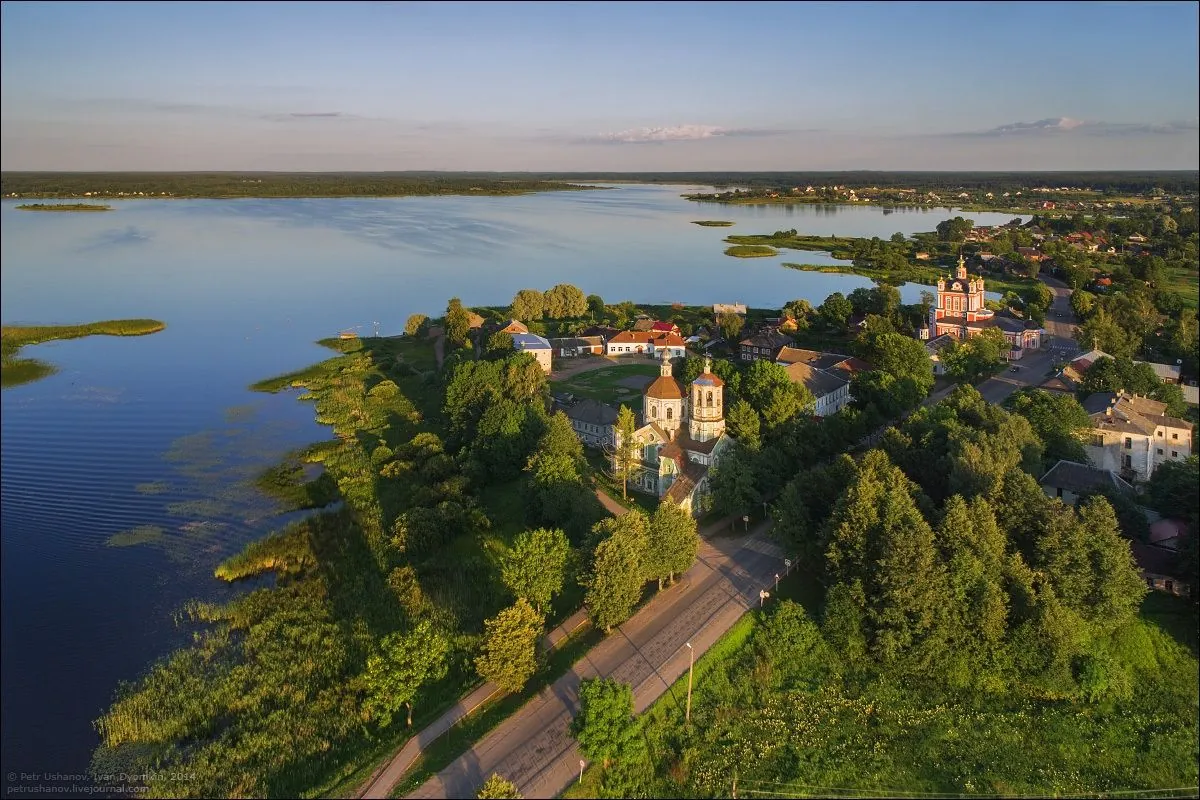Ukrainian Drones Strike Deep in Russia, U.S. Backs Zelenskyy's War Plan
Ukrainian drones hit a Russian military depot 500km from the border, causing evacuations. A U.S. diplomat expresses confidence in Zelenskyy's confidential plan to end the three-year-long conflict.

In a significant development in the ongoing conflict between Russia and Ukraine, Ukrainian forces have successfully conducted a drone strike on a Russian military depot located deep within Russian territory. The attack, which occurred overnight before September 18, 2024, targeted the town of Toropets in the Tver region, approximately 500 kilometers from the Ukrainian border.
Volodymyr Zelenskyy's administration has been intensifying its efforts to strike strategic targets far beyond the frontlines. This recent operation, carried out by Ukraine's Security Service (SBU) in collaboration with Intelligence and Special Operations Forces, demonstrates the country's growing capabilities in long-range warfare. The SBU, established in 1991 after Ukraine gained independence, has been playing a crucial role in the conflict.
According to Ukrainian officials, the targeted depot housed various weapons systems, including Iskander and Tochka-U missiles, as well as glide bombs and artillery shells. The Iskander missile system, in use by the Russian military since 2006, and the Soviet-era Tochka-U, introduced in 1989, are both short-range ballistic missile systems. The strike reportedly caused a significant fire, affecting an area of approximately 6 kilometers in width.
Russian state media reported efforts to repel a "massive drone attack" on Toropets, a town with a population of around 11,000 and a history dating back to 1074. Local authorities initiated evacuations in response to the incident, though no immediate information about casualties was available.

This strike is part of Ukraine's broader strategy to target Russian military equipment, ammunition, and infrastructure deep inside Russia. By bringing the consequences of the war closer to Russian civilians, Ukraine aims to increase pressure on Vladimir Putin's government. However, this approach has raised concerns among some Western leaders about potential escalation.
In response to the ongoing conflict, now in its third year, Putin has ordered an increase in Russian troop numbers. By December 1, 2024, the Russian military is set to grow by 180,000 personnel, reaching a total of 1.5 million. This decision comes at a significant cost, with the UK Defence Ministry estimating that the war has likely resulted in over 600,000 Russian casualties.
Meanwhile, Zelenskyy's recently announced plan for winning the war has garnered support from U.S. officials. Linda Thomas-Greenfield, the U.S. Ambassador to the United Nations since February 2021, expressed confidence in the plan's potential effectiveness. She stated:
"We think it lays out a strategy and a plan that can work."
The U.S. intends to discuss this plan with other world leaders at the upcoming United Nations General Assembly in late September 2024. The U.N., founded in 1945 to maintain international peace and security, continues to play a crucial role in addressing global conflicts.
As the conflict evolves, both sides are adapting their strategies. Ukraine's use of drones, which have been employed in military operations since the early 2000s, showcases the rapid advancement of this technology in warfare. Simultaneously, Russia's focus on attrition warfare, a concept dating back to ancient times but prominently used in World War I, aims to wear down Ukrainian resolve.
The international community watches closely as these developments unfold, with the hope that diplomatic efforts and strategic planning can bring an end to this protracted conflict.


































